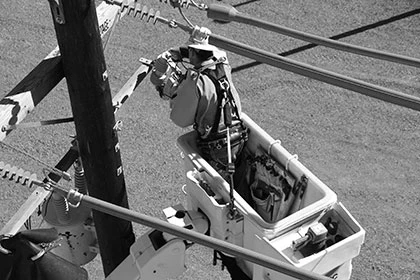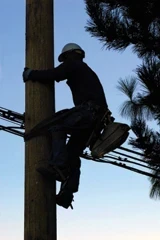Flame-Resistant Clothing Misconceptions

Misconceptions about using flame-resistant clothing
BY DAN BONELLI, Cintas Corporation
According to Michael Hyland, chair of the National Electrical Safety Code (NESC) and vice president of engineering services with the American Public Power Association, a 1970s electrical utility commercial depicted a worker sporting a gold necklace and polyester clothing. Hyland notes that today, that type of dress would be unthinkable, as it poses a huge risk to residential, commercial, and industrial electricians.
The power industry has gone to great lengths to help protect electrical workers thanks to organizations such as the National Fire Prevention Association (NFPA) and Edison Electric Institute (EEI), and safety codes such as the National Electrical Safety Code (NESC) and the National Electrical Code (NEC).
However, the industry still has a long way to go and the Occupational Safety and Health Administration (OSHA) recently published an update to its Occupational Safety and Health Standards part 1910.269: “Electric Power Generation, Transmission, and Distribution”, which will certainly accelerate positive change.
Too many utility employees, including linemen, circuit design engineers, and tower technicians, still work without the proper personal protective equipment (PPE) required to help reduce the likelihood and severity of injury during an accident.
To help maximize employee safety and minimize liability in homes, businesses and factories, this issue’s Lineman Safety Channel addressed the most common misconceptions about arc flash protection and the use of arc-rated clothing.









